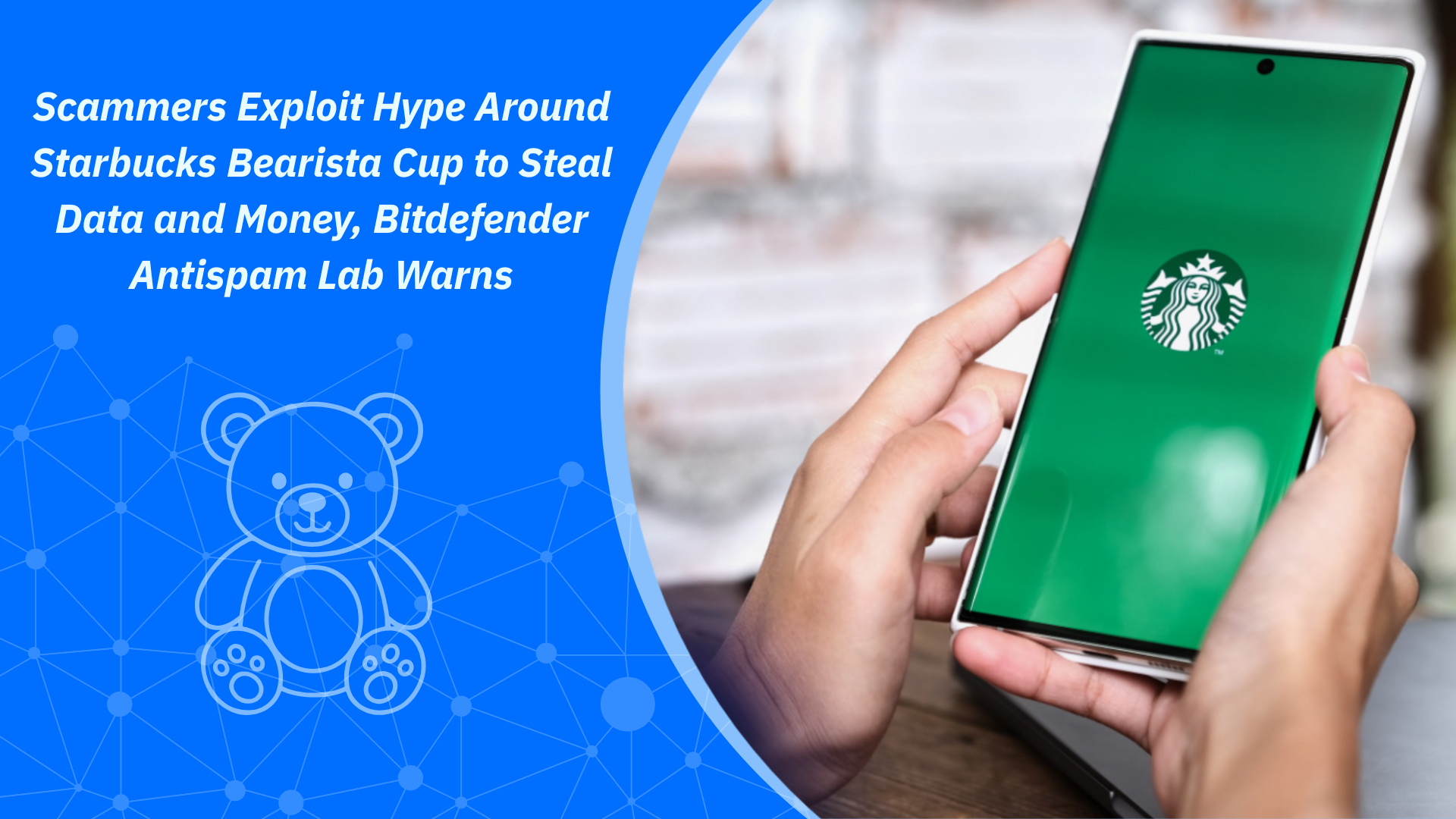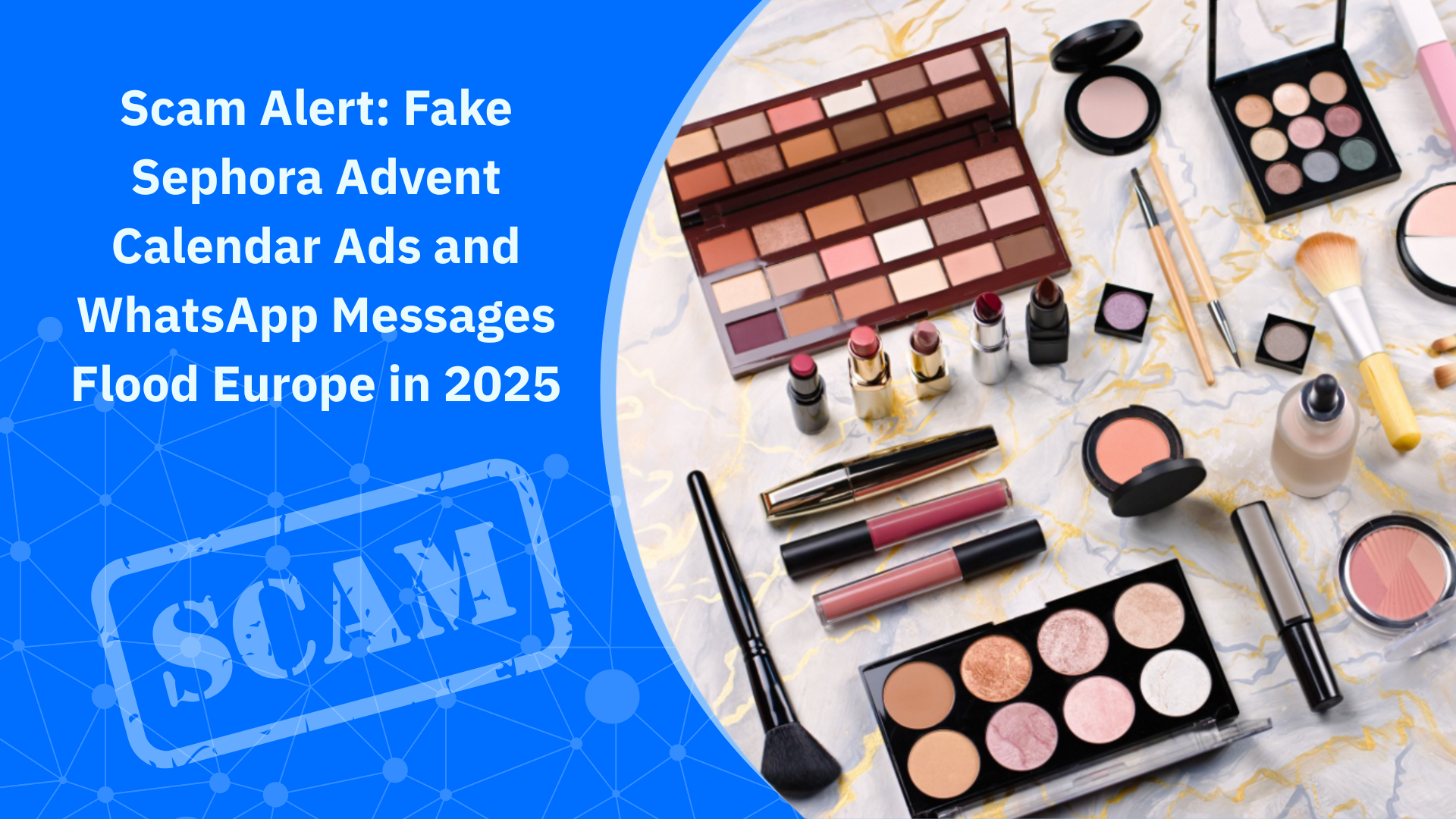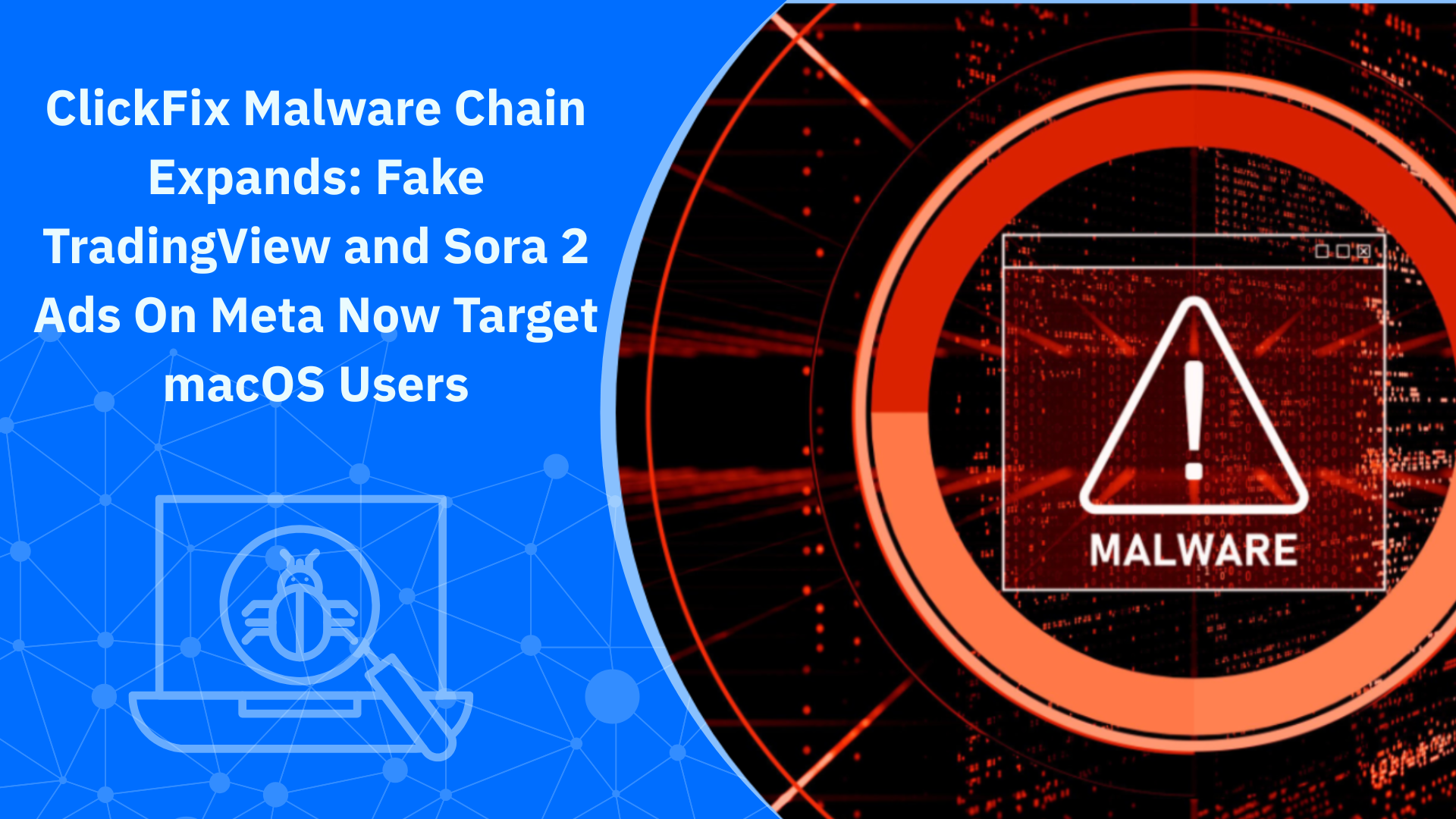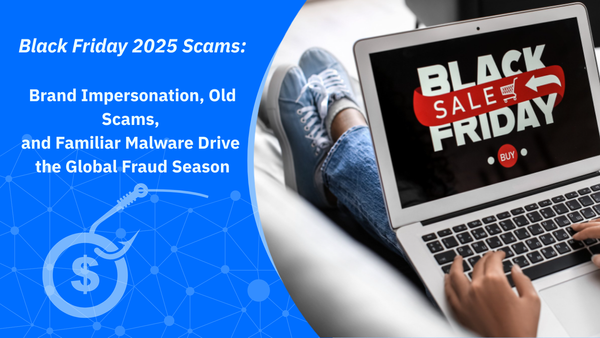Spotify Scams: How to Spot Them and Avoid Getting Played
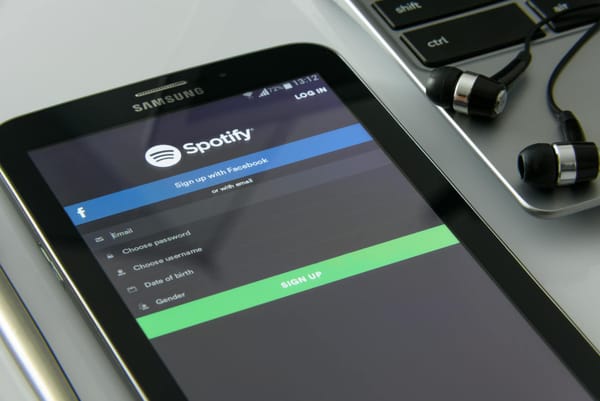
With nearly 700 million monthly active users as of early 2025, Spotify isn't just the world's biggest music streaming platform — it's also a tempting target for scammers. Cybercriminals use fake emails, apps, and even malware to steal Spotify accounts and the personal info linked to them.
If you're a Spotify user — or if your kids or employees are — it's important to understand how these scams work and how to avoid falling for them.
What Does a Spotify Scam Look Like?
The most common type is a phishing email — a fake message that looks like it came from Spotify. These emails usually warn you that there's something wrong with your account. The subject line might say something like:
- "Payment failed — Update your billing info"
- "Unusual activity on your Spotify account"
- "Your account will be closed unless you act now"
They're designed to make you panic and click quickly.
The email often includes a link to "fix" the problem — but that link doesn't go to Spotify. Instead, it takes you to a fake website that looks almost identical to the real thing. Once there, you're asked to log in or enter your credit card info. If you do, the scammers now have access to your account — and maybe your bank details, too.
In one real-life case shared online, a user received an email asking them to update their expired card. It looked like a normal Spotify message. They clicked the link, entered their login details, and reached a payment page that seemed a bit off. None of the top menu buttons worked.
Curious, they tested the page again — and found it would "log them in" with a completely fake email and password. It was just a trap to collect personal data.
A very similar scam is had been targeting Netflix users, with fake emails claiming your payment didn't go through. Read more about it: Netflix Suspended Account Scam Active in 23 Countries – How to Stay Safe
How to Tell If a Spotify Email Is Fake
Some scams are obvious. Others are more polished. But here's what to look for:
Check the sender's email address
Legit Spotify messages come from addresses ending in @spotify.com. If you see something else — especially random Gmail or misspelled domains — be suspicious.
Hover over the links
Before you click anything, hover your mouse over the link (or hold down on mobile). If it doesn't point to a Spotify domain like spotify.com or accounts.spotify.com, don't click.
Look for bad grammar or awkward phrasing
Not all scam emails are sloppy — but many still contain weird formatting, spelling mistakes, or strange phrasing. If something feels off, trust your instincts.
Watch out for pressure to act fast
Scammers want you to panic. Take a breath. No real company asks you to fix an issue right now or lose access forever. When in doubt, go to spotify.com directly and log in from there.
Other Spotify-Related Scams to Watch For
Phishing emails aren't the only danger. Here are other ways scammers target Spotify users:
1. Fake Apps and "Enhanced" Spotify Tools
Some websites or social media ads offer unofficial Spotify apps that claim to block ads or unlock Premium features for free. These tools are often malicious — and may steal your account info, install malware, or worse.
Only download Spotify from official sources:
- The App Store (iOS)
- Google Play (Android)
- The official Spotify website
Avoid third-party tools that sound too good to be true. They usually are.
Related: How to Spot Fake Software Deals
2. Malicious Browser Extensions and Software
Some scammers spread malware by offering browser extensions or software that promise to "improve" your Spotify experience. These programs can steal passwords, track what you type, or download more harmful software without you knowing.
Stick to trusted apps, keep your software updated, and use a reliable security solution that can spot suspicious activity before it becomes a real threat.
3. Account Takeovers from Old Data Leaks
If you've reused your Spotify password elsewhere, and one of those other accounts gets breached, attackers may use your leaked password to break into Spotify. This is called a credential-stuffing attack — and it works surprisingly often.
Use a unique password for Spotify, and make it long and hard to guess. A password manager can help with that.
While Spotify has started rolling out two-factor authentication, not all users have access yet. If it's available in your account settings, turn it on.
Related: Scammers Sell Access to Steam Accounts with All the Latest Games – It's a Trap!
Signs Your Spotify Account Might Be Hacked
If someone else gets access to your Spotify account, you might notice:
- New playlists you didn't make
- Strange songs or artists in your listening history
- Your password no longer works
- You're suddenly logged out on all devices
- Your email address or payment info was changed
What to Do If You Think Your Account Was Compromised
If you think someone has broken into your Spotify account, act quickly. Start by logging out of all devices from your account settings to cut off any unwanted access. Then, change your password right away — choose one that's strong and unique, not something you've used before. Next, check which third-party apps have access to your account and remove any you don't recognize or no longer use. Finally, reach out to Spotify Support and let them know your account was compromised so they can help you secure it further.
Scam-Fighting Tools That Really Work
Scams often rely on panic, pressure, or confusion to get you to act fast — especially when they come through email or pop up while you're trying to enjoy your music. But before you click or respond, you can turn to tools designed to help you pause and verify. Here are some of Bitdefender's most useful scam-fighting features:
- Bitdefender Scamio. A free, AI-powered chatbot that helps you figure out if a message or link is a scam. You can send it a suspicious message, link, or even a screenshot through WhatsApp, Facebook Messenger, or Discord — and it will instantly tell you if it's safe. Simple, fast, and surprisingly helpful when you're unsure.
- Bitdefender Link Checker. This free tool lets you copy and paste any link to quickly check whether it's risky. It's perfect for double-checking links before opening emails or messages that seem even slightly suspicious.
- Real-Time Anti-Fraud and Anti-Phishing Protection. Built into Bitdefender's security products,, these smart filters automatically block known scam and phishing sites — often before you even realize they were a threat.
Spotify scams rely on fast clicks and fear. But with the right tools — and a quick pause to check — you stay in control.
tags
Author
Cristina is a freelance writer and a mother of two living in Denmark. Her 15 years experience in communication includes developing content for tv, online, mobile apps, and a chatbot.
View all postsRight now Top posts
How Kids Get Automatically Added Into WhatsApp Groups with Horrific Imagery Without Consent
November 24, 2025
Scammers Exploit Hype Around Starbucks Bearista Cup to Steal Data and Money, Bitdefender Antispam Lab Warns
November 18, 2025
Scam Alert: Fake Sephora Advent Calendar Ads and WhatsApp Messages Flood Europe in 2025
November 17, 2025
ClickFix Malware Chain Expands: Fake TradingView and Sora 2 Ads On Meta Now Target macOS Users
November 17, 2025
FOLLOW US ON SOCIAL MEDIA
You might also like
Bookmarks


